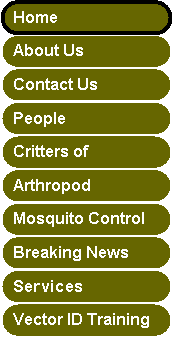|
Back to Mosquito and Vector Page |
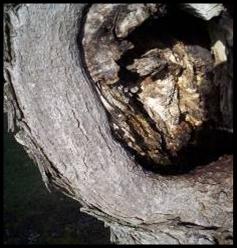
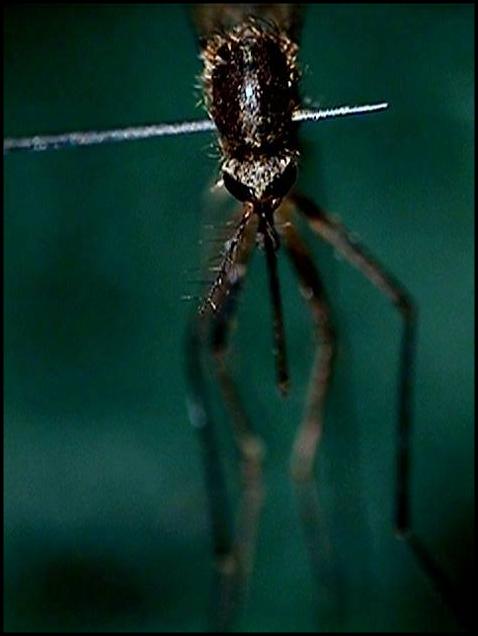
|
Many of these species, such as Ochlerotatus atlanticus, have a univoltine life cycle, which means they have only one generation per year. |
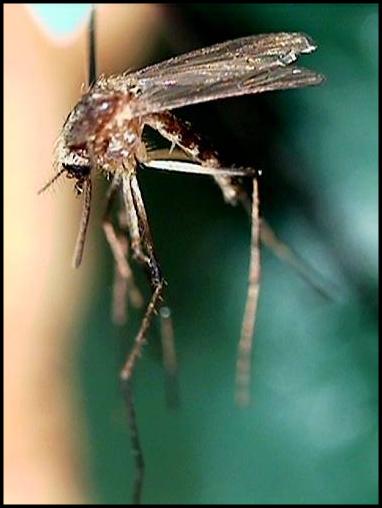
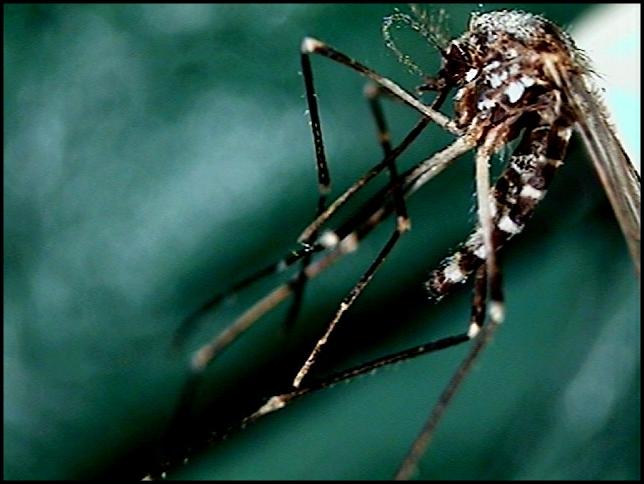
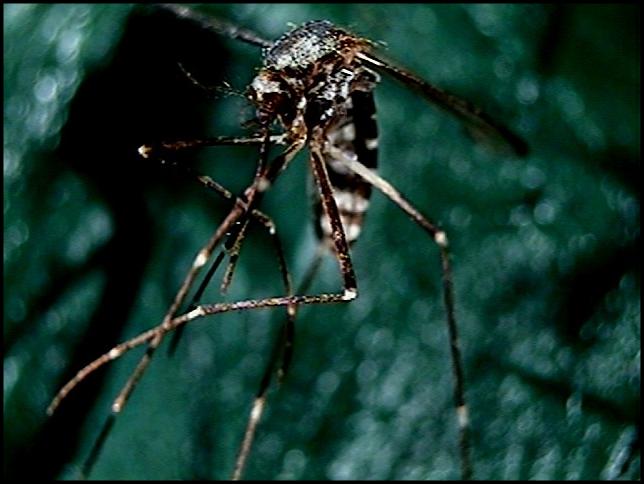
|
Many of these species develop as larvae in water filled tree holes, but have adapted to use various containers discarded by humans. |
|
Female Ochlerotatus canadensis |
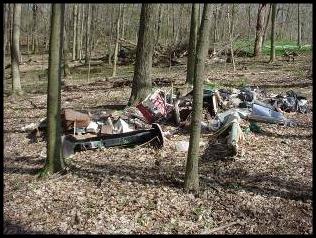
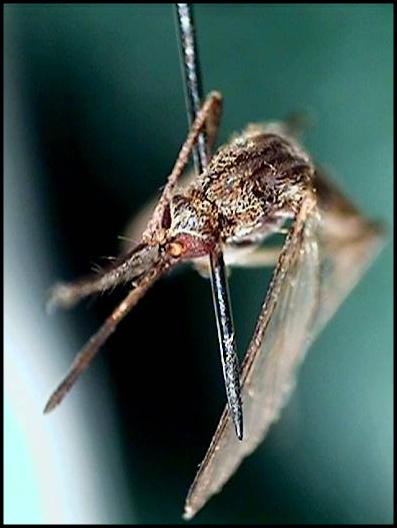
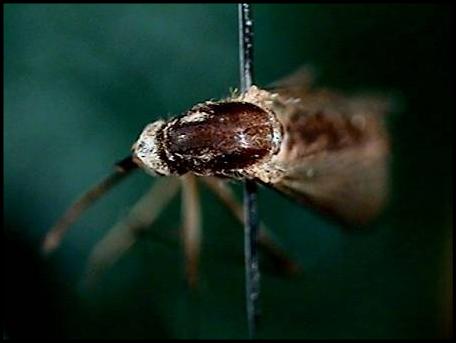
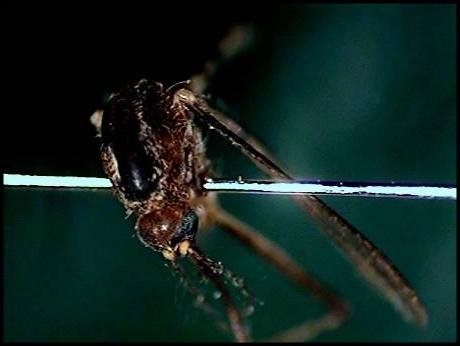
|
Two views of Ochlerotatus trivittatus |
|
Female Ochlerotatus hendersoni |
|
Photo: L. Minter, 2005 |
|
Photo: M. Minter, 2007 |
|
Photo: L. Minter, 2008 |
|
Photo: L. Minter, 2008 |
|
Photo: L. Minter, 2008 |
|
Photo: L. Minter, 2008 |
|
Photo: L. Minter, 2008 |
|
Photo: L. Minter, 2008 |
|
Photo: L. Minter, 2008 |
|
Female Ochlerotatus canadensis. |
|
Woodland Mosquitoes: Ochlerotatus spp. |
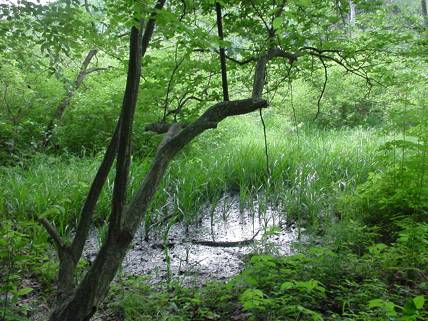
|
Several mosquitoes that have a univoltine life cycle, such as Ochlerotatus atlanticus, utilize temporary (vernal) pools of water in woodland areas to develop as larvae. The adults usually emerge in late spring or early summer, after these pools have been available to complete thir development as larvae. They survive the dry summer and cold winter as eggs, which hatch in the spring when pools are again full. |

